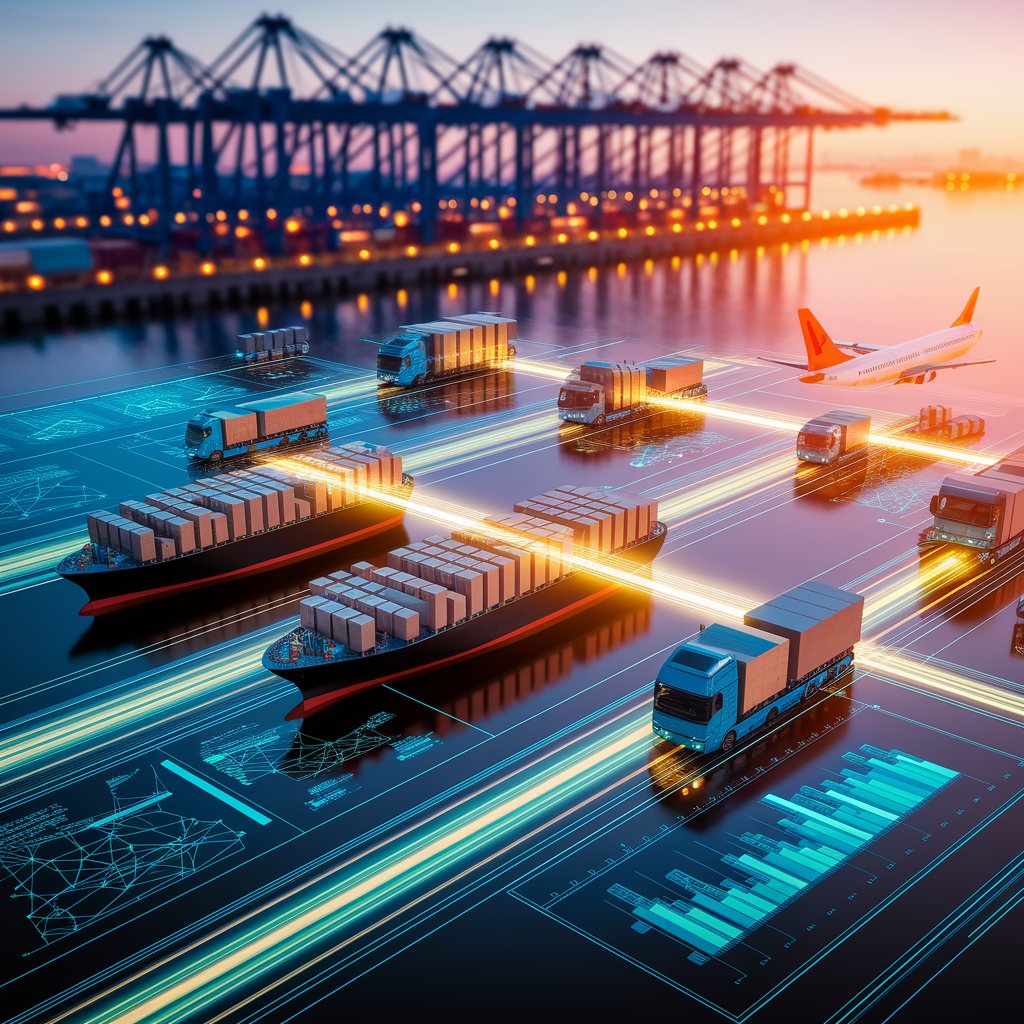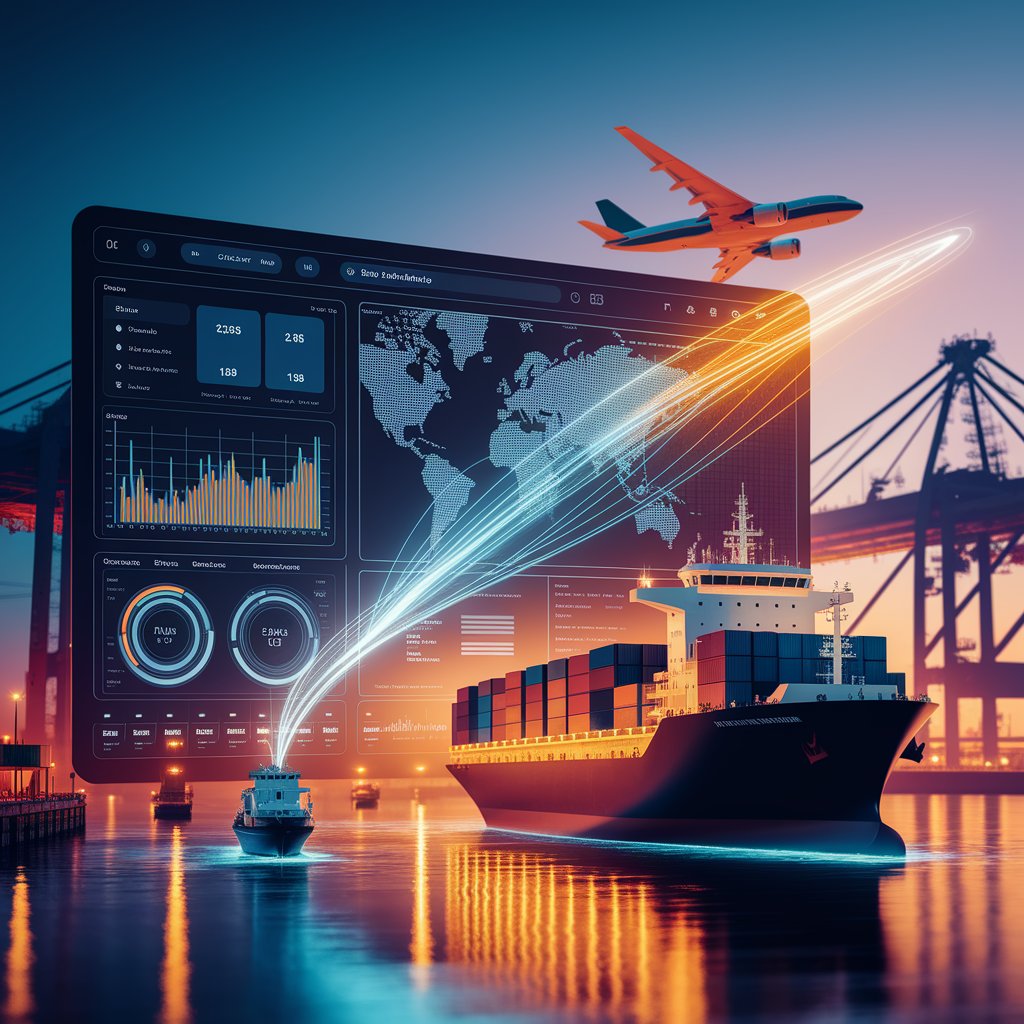AI Freight Optimization: Smarter Logistics for the Digital Era

Introduction
This is where AI freight optimization reshapes the industry. By applying artificial intelligence to freight operations, logistics providers gain smarter routing, accurate forecasting, and dynamic pricing strategies that unlock efficiency and profitability.
What Is AI Freight Optimization?
AI freight optimization is the application of artificial intelligence and machine learning to streamline freight operations. It leverages vast amounts of logistics data—covering routes, costs, carrier performance, and demand patterns—to identify the most efficient and cost-effective solutions.
Instead of reacting to issues after they occur, AI systems proactively suggest strategies to improve utilization, reduce risks, and ensure timely deliveries.

Key Features of AI Freight Optimization
- Route Optimization: AI evaluates traffic, weather, and capacity for smarter routing.
- Demand Forecasting: Predict seasonal or market-driven shipment spikes.
- Dynamic Pricing: Generate competitive rates based on real-time conditions.
- Load Consolidation: Maximize space in containers and trucks.
- Carbon Reduction: Suggest eco-friendly routes to cut emissions.
Benefits for Logistics Providers
- Cost Efficiency: Lower operational expenses through optimized fuel and labor use.
- Improved Accuracy: Reduce human errors in quoting and planning.
- Scalability: Manage growing shipment volumes without higher overhead.
- Customer Satisfaction: Deliver faster, more predictable results with transparency.
- Sustainability: Align with green logistics initiatives through smarter resource use.

Real-World Applications
- Freight Forwarders: Use AI to generate optimized multimodal transport plans.
- Carriers: Deploy AI for fleet scheduling and fuel optimization.
- 3PL Providers: Offer clients real-time dashboards with AI-driven recommendations.
- E-commerce Logistics: Manage high-volume fulfillment while reducing costs.
The Future of AI Freight Optimization
The future of AI freight optimization will integrate with digital twins, blockchain, and IoT sensors. Digital twins will simulate logistics scenarios, blockchain will guarantee trust in contracts, and IoT will feed real-time cargo data into AI models. Over time, optimization will shift from decision-support to autonomous logistics ecosystems that self-adjust to disruptions.

Conclusion
AI freight optimization is transforming logistics by combining intelligence, efficiency, and sustainability. From smarter routing to predictive demand planning, AI enables freight providers to cut costs while improving performance and transparency. In an industry where speed and resilience define success, adopting AI optimization is no longer optional—it is the key to thriving in the digital era of logistics.
